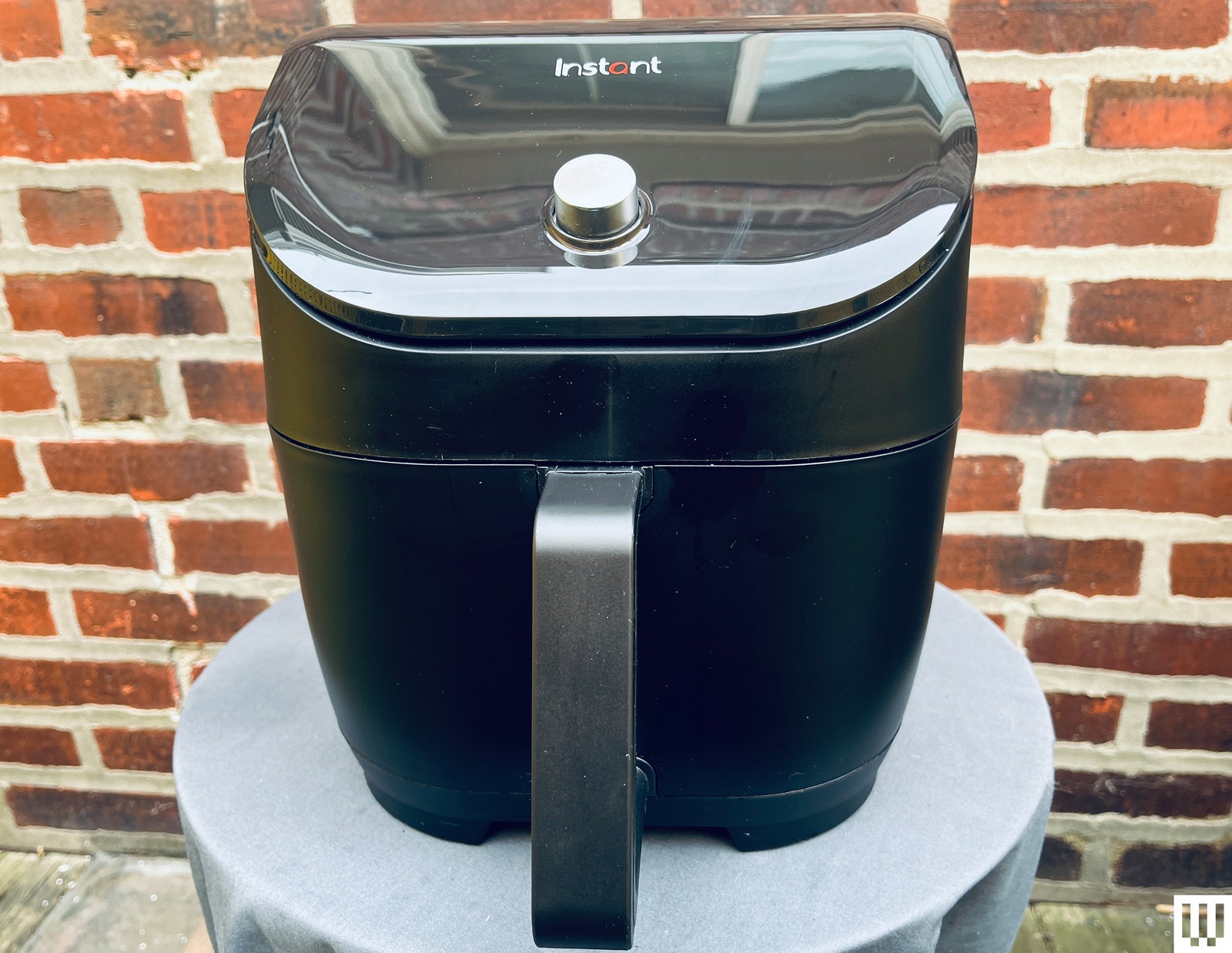Edit Content
Trending






Pitted keratolysis is a bacterial infection that develops on the soles of the feet. It causes small pits, or indentations, in the outer layer of the skin and often leads to a noticeable foul smell.
Pitted keratolysis is fairly common in certain groups, like athletes and people living in tropical climates. It is not life-threatening, but it can cause complications such as pain and limited function.
People with pitted keratolysis typically have a foul foot odor, even with no other noticeable symptoms. Some people have asymptomatic pitted keratolysis, which means they still have pits on their feet, but they do not cause itching or tenderness. Common symptoms of pitted keratolysis include:
DermNet
DermNet
Several common bacterial strains can cause pitted keratolysis to develop, especially when feet are kept in a warm, enclosed, and moist environment. This can occur if you wear heavy or nonbreathable footwear in hot weather for many hours or if you frequently walk around in damp shoes and socks.
This bacteria grows and flourishes, spreading over the soles of your feet. It then produces enzymes that eat away at and erode the keratin cells in the outer layer of your skin, causing pits or indentations.
Some people are at a higher risk for developing pitted keratolysis than others. This includes people who:
Hyperhidrosis is a condition that causes people to sweat excessively. People with pitted keratolysis commonly have hyperhidrosis on their feet. This extra moisture can increase the chances of bacterial growth, leading to pitted keratolysis.
This condition is more common in younger people and men because they often wear heavy, full-coverage footwear for long hours.
To diagnose pitted keratolysis, a healthcare provider will only need to examine the soles of your feet. They also may ask about your symptoms before diagnosing you.
Most people with pitted keratolysis work with a dermatologist (a doctor who treats skin conditions) or a podiatrist (a doctor who treats conditions affecting the feet).
The combination of pitted skin and foul odor is usually enough for a provider to tell the difference between pitted keratolysis and other similar foot conditions. While other diseases can cause cracked or inflamed skin or a noticeable odor, pitting is unique to pitted keratolysis (it also tends to cause the strongest, most distinct smell).
Your provider may take a skin culture and send it to a lab to test for bacteria. They may also examine the top layer of your skin with a dermatoscope, a painless, noninvasive tool that magnifies and illuminates the skin.
Treating pitted keratolysis is relatively easy. The condition will improve within 3-4 weeks with prescription medications and a few lifestyle changes.
Your provider may prescribe a combination of medications to eliminate the bacteria causing your pitted keratolysis and dry out the skin so it can heal faster.
A topical antibiotic cream containing clindamycin, erythromycin, or mupirocin is usually the first step.
Some providers also recommend adding benzoyl peroxide to your treatment to further eliminate bacteria. For those with hyperhidrosis or in scenarios that cause excessive sweating, Drysol (a topical aluminum chloride solution) can help keep the skin of your feet dry so the other medications can get rid of bacteria.
While treating pitted keratolysis, keep your feet clean and dry. Avoid tight-fitting socks and shoes, and allow your feet and footwear to air out as much as possible. Change your socks and shoes often, and avoid wet feet.
Depending on your lifestyle, you may be unable to prevent pitted keratolysis entirely. Avoiding pitted keratolysis may be hard for people with jobs that require them to wear rubber boots or vinyl shoes for long hours or keep their feet submerged in water. Hyperhidrosis can also make it challenging to prevent pitted keratolysis.
However, there are best practices for footwear and foot hygiene that may be able to help:
Pitted keratolysis is not contagious and does not have many side effects or complications. However, the condition can sometimes be painful, so leaving it untreated could increase itching, burning, and tenderness, especially when you’re on your feet. Over time, it could limit your daily activities.
The other potential complication is social stigmatization. Because the condition causes an intense odor, it can make people feel embarrassed or afraid to be physically close to others.
Pitted keratolysis is a bacterial infection that occurs on the soles of the feet. The bacteria erodes the keratin in the outer layer of the skin, causing the skin to become pitted. The bacteria also produce a strong odor.
People who wear occlusive shoes for long hours, especially when the weather is warm or wet, are at a higher risk of developing this condition. Excessive sweating also increases risk.
Pitted keratolysis is not serious and can be easily treated with topical antibiotics and simple lifestyle changes.
©2024. Livebuzznews. All Rights Reserved.